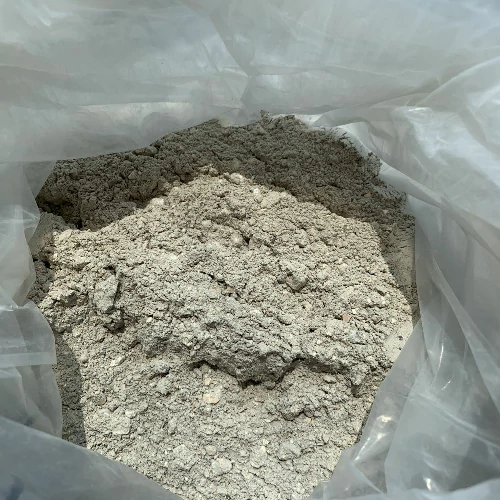Choosing the right low-cement castable for your specific application involves considering several factors.
Here are some important factors to consider:
Temperature range: Low-cement castables are designed to withstand high temperatures. However, different types of low-cement castables have different maximum temperature limits. It’s important to choose a castable that can withstand the temperatures of your specific application.
Chemical environment: Low-cement castables are designed to resist chemical attack. However, different types of castables have different levels of chemical resistance. It’s important to choose a castable that is resistant to the specific chemicals that will be present in your application.
Abrasion resistance: Low-cement castables are used in applications where they will be exposed to wear and tear. However, different types of castables have different levels of abrasion resistance. It’s important to choose a castable that can withstand the abrasion that will be present in your application.
Density: Low-cement castables have different densities, which can affect their strength and insulating properties. It’s important to choose a castable with the appropriate density for your specific application.
Installation method: Low-cement castables can be installed using different methods, such as casting, gunning, or ramming. It’s important to choose a castable that is compatible with the installation method that will be used in your application.
Manufacturer’s recommendations: Different manufacturers may offer different types of low-cement castables with different properties and performance characteristics. It’s important to consult with the manufacturer and follow their recommendations to ensure that the castable will perform as expected in your specific application.
Overall, choosing the right low-cement castable for your specific application requires careful consideration of several factors. It’s important to work with a qualified engineer or technician to ensure that the castable meets the requirements of your application and is installed correctly.
What are some common installation methods for low-cement castables?
There are several installation methods for low-cement castables, including:
Casting: Casting is the most common method of installing low-cement castables. A pre-mixed castable is poured into a mold or form and allowed to set. low-cement castables Once the castable has hardened, the mold or form is removed, and the castable is ready for use.
Gunning: Gunning is a method of installing low-cement castables using a gunning machine. The castable is mixed with water and pumped through a gunning machine, which sprays the castable onto the surface to be lined. Gunning is often used for repairing or patching existing refractory linings.
Ramming: Ramming is a method of installing low-cement castables by compacting the castable into place using a pneumatic or manual ramming tool. Ramming is often used for lining small areas or for repairing or patching existing refractory linings.
Shotcreting: Shotcreting is a method of installing low-cement castables by spraying the castable onto a surface using a high-pressure air hose. This method is often used for lining large areas or for repairing or patching existing refractory linings.
The choice of installation method depends on several factors, including the size and shape of the area to be lined, the accessibility of the area, and the specific requirements of the application. It’s important to choose the appropriate installation method to ensure that the low-cement castable is installed correctly and performs as expected.
